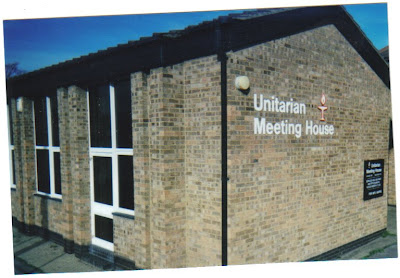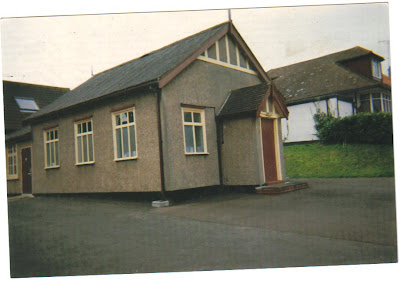
1939c. Roman Catholic St. George and the English Martyrs Church, Shoeburyness. The Catholic Directory England and Wales Gabriel Communications 1004 pp. gives dates of 1862, 1891, and 1939 for the large site but this ugly, if memorable tower, shows many features of the 1939 date. Although the window arched heads have relieving arches, they are external in a manner thought unsightly in the 19th Century and below them whole bricks are stuck in vertically in the style of the 1930’s. The Malm bricks are no longer of the finest quality, despite the latter being made nearer to the church in 1900 than inferior grey types also seen in the 1869 R.C. church at Southend. Even there the London ashes bricks were somewhat yellow and mixed with red and blue ornamental courses. This grey 1939 tower and a cinema of 1913-55 stand at the end of the famous A13 road from London, recently giving its name to a salacious novel.










































